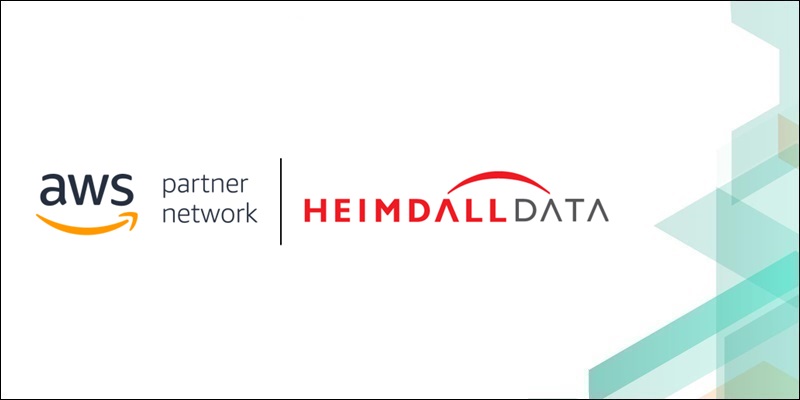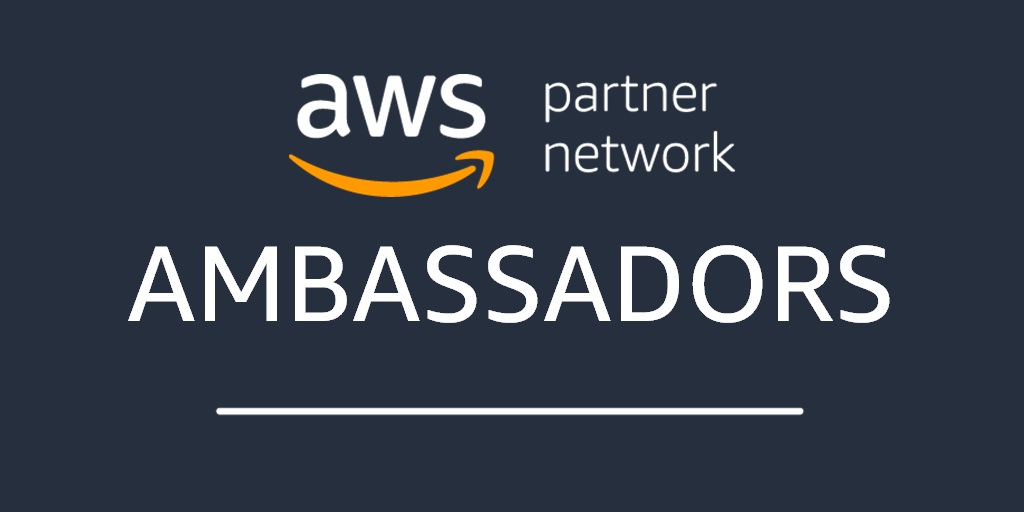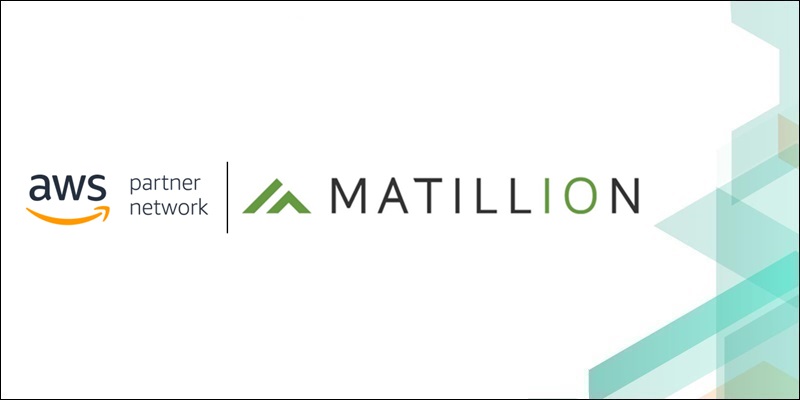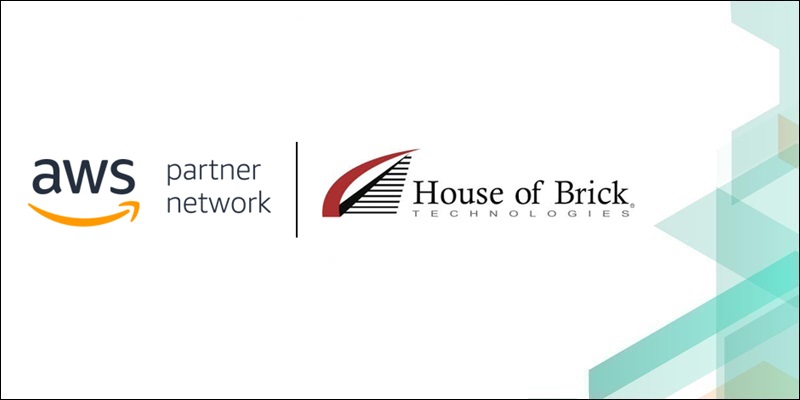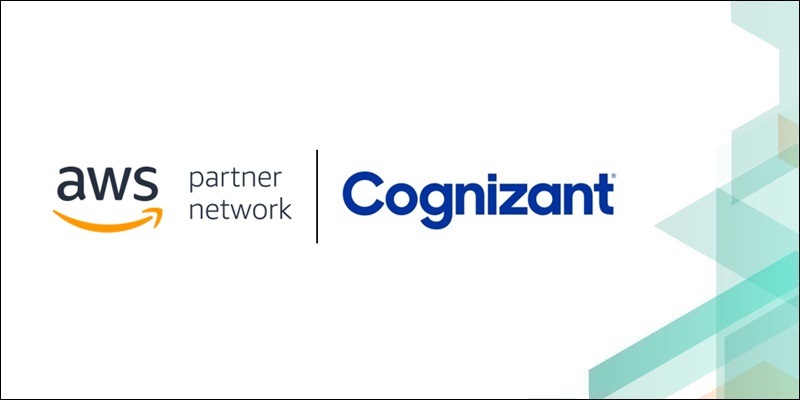AWS Partner Network (APN) Blog
Category: Database
Team Up with AWS Partners Validated by Database Engine Type Through the Amazon RDS Service Delivery Program
Amazon RDS customers are looking for AWS Partners with specific database engine expertise to set up, operate, and scale relational databases in the cloud. To meet this need, we are relaunching the Amazon RDS Service Delivery Program, which now validates AWS Partners by database engine type. This allows customers to identify an Amazon RDS Partner that best meets their database engine-specific migration and implementation needs.
Advanced Connection Pooling with the Heimdall Proxy
As databases are often a key component of internet infrastructure, IT departments may be challenged by poor connection management from the application. The Heimdall Proxy helps developers, database administrators, and architects horizontally scale out and optimize connections through connection pooling for Amazon Amazon RDS and Amazon Redshift without any application changes. As a result, you will reduce your database instance size and support higher user counts.
Provisioning a Virtual Private Cloud at Scale with AWS CDK
Infrastructure as code is one of the most important concepts used with cloud solutions, and AWS CloudFormation enables IaC by deploying stacks and provisioning resources on AWS using JSON or YAML files called templates. APN Ambassador Francois Rouxel from Slalom will show you how to create a hundred VPCs in one AWS region without providing any parameters, and how to easily establish a peering connection between two of them within a single line of code.
How Matillion Multiplies the Performance of Complex ETL Jobs with Amazon Redshift Materialized Views
Amazon Redshift recently announced support for materialized views, which lead to significantly faster query performance on repeatable query workloads. That, in turn, reduces the time to deliver the datasets you need to produce your business insights. Matillion ETL for Amazon Redshift provides comprehensive enterprise-grade features to simplify and speed up building and maintaining these pipelines.
Accelerate Data Warehousing by Streaming Data with Confluent Cloud into Amazon Redshift
Built as a cloud-native service, Confluent Cloud offers developers a serverless experience with elastic scaling and pricing that charges only for what they stream. Confluent’s Kafka Connect Amazon Redshift Sink Connector exports Avro, JSON Schema, or Protobuf data from Apache Kafka topics to Amazon Redshift. The connector polls data from Kafka and writes this data to an Amazon Redshift database. Polling data is based on subscribed topics.
How to Build a Real-Time Gaming Leaderboard with Amazon DynamoDB and Rockset
For microservices that predominantly write data, Amazon DynamoDB provides an “always on” experience without the need for careful capacity planning, resharding, and database maintenance. These capabilities make DynamoDB a popular database service for various parts of game platforms like player data, game state, session history, and leaderboards. Learn how to pair Amazon DynamoDB with an analytics solution like Rockset to automatically index your data for fast search, aggregations, and joins at scale.
Partitioning Pooled Multi-Tenant SaaS Data with Amazon DynamoDB
As you design, develop, and build SaaS solutions on AWS, you must think about how you want to partition the data that belongs to each of your customers (tenants). In this post, experts from AWS SaaS Factory focus on what it means to implement the pooled model with Amazon DynamoDB. We’ll outline basic strategies to partition and isolate data by tenant, and illustrate common techniques you can use to avoid the “hot” partition problem that’s often associated with partitioning tenant data in a pooled model.
Understanding Your Options for Deploying and Licensing Oracle on AWS
Oracle customers have common questions about their licensing options when considering deployment to AWS. Oracle customers who do not proactively confirm their options risk spending too much on licensing. Customers may also face an Oracle audit that could expose avoidable license compliance issues. AWS has a variety of options for customers considering deployment of Oracle to AWS. When done properly, customers can significantly optimize their Oracle license costs when deploying to the proper AWS service.
Database Modernization Workshops Focus on Deep Dive Understanding of AWS Database Services
The APN Navigate specialization track for Database Services enables APN Partners to build a practice around AWS Database Services such as Amazon DynamoDB and Amazon Aurora. AWS offers the broadest selection of purpose-built databases for all your application needs. Upon completing the APN Navigate for Database Services specialization track, APN Partners are eligible for a free Data Modernization Workshop.
Change Data Capture from On-Premises SQL Server to Amazon Redshift Target
Change Data Capture (CDC) is the technique of systematically tracking incremental change in data at the source, and subsequently applying these changes at the target to maintain synchronization. You can implement CDC in diverse scenarios using a variety of tools and technologies. Here, Cognizant uses a hypothetical retailer with a customer loyalty program to demonstrate how CDC can synchronize incremental changes in customer activity with the main body of data already stored about a customer.

